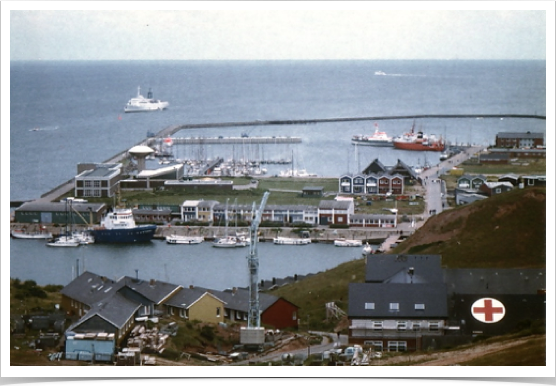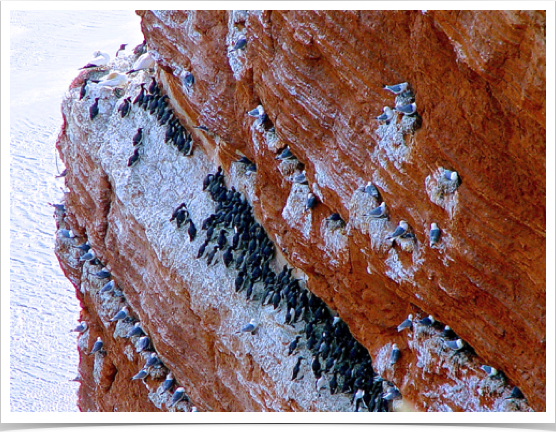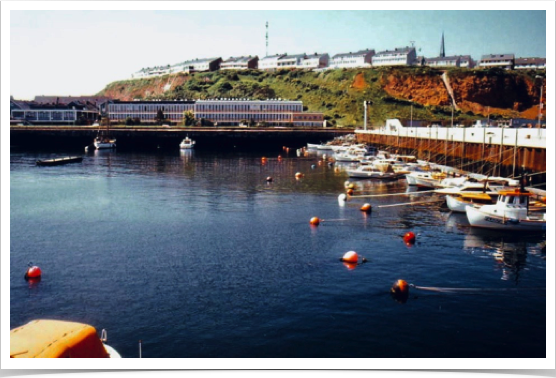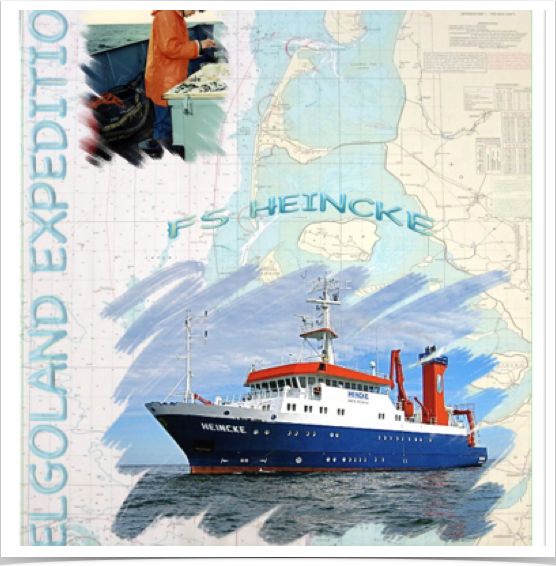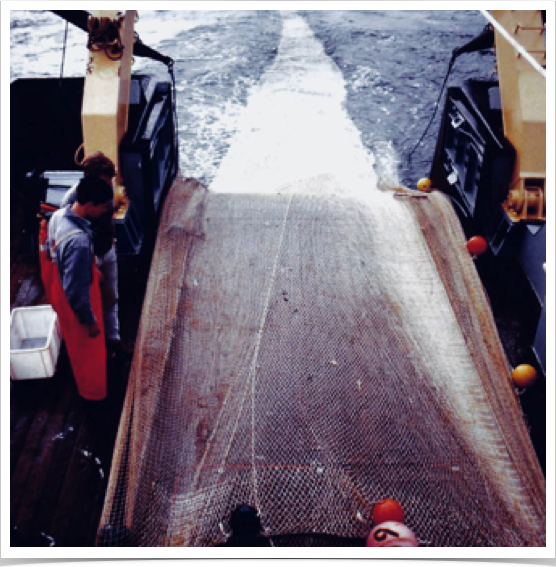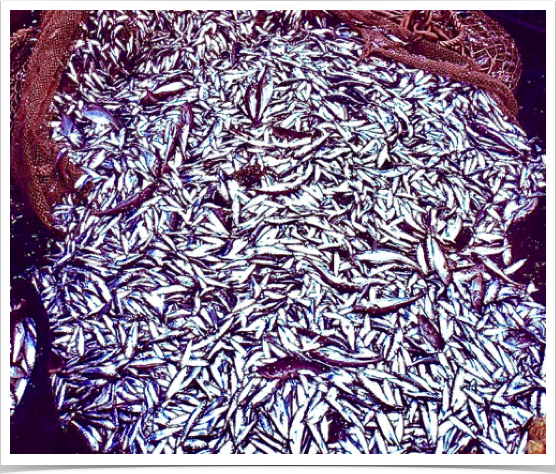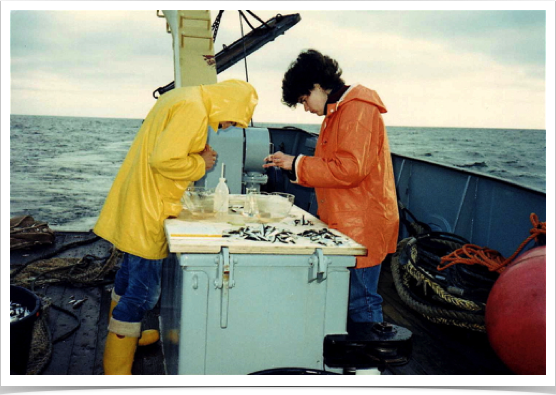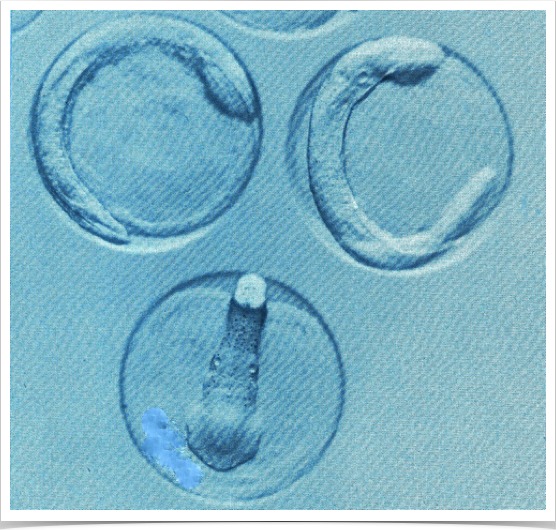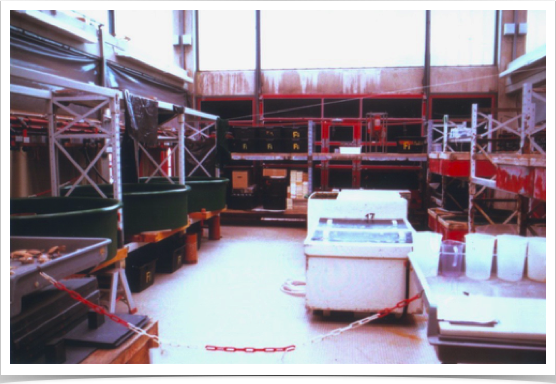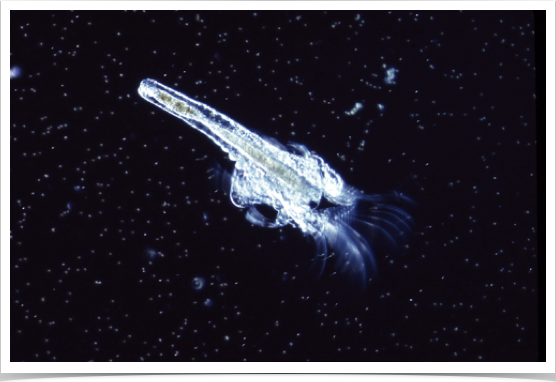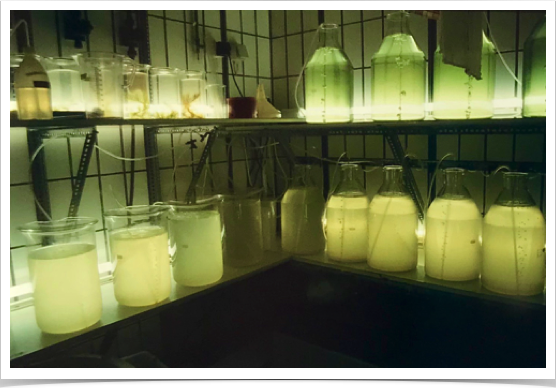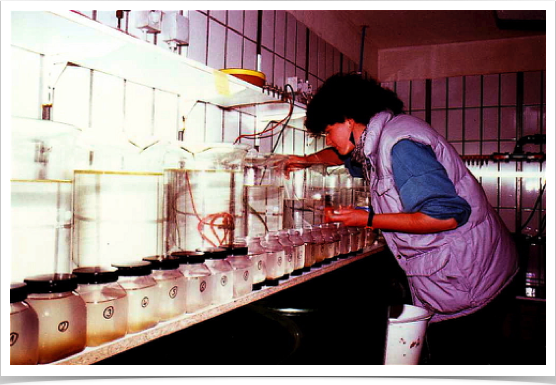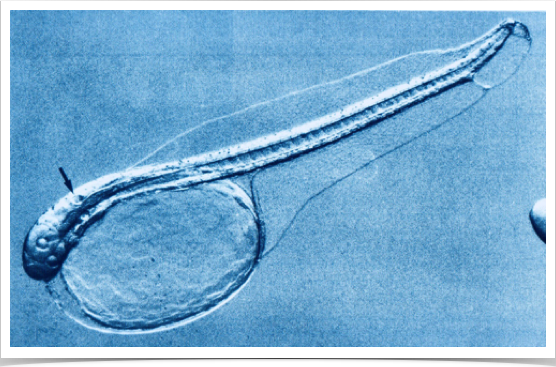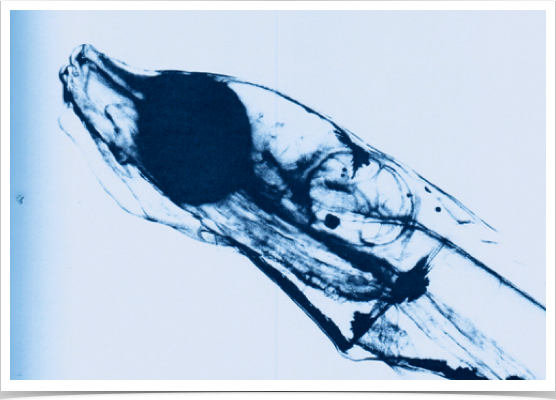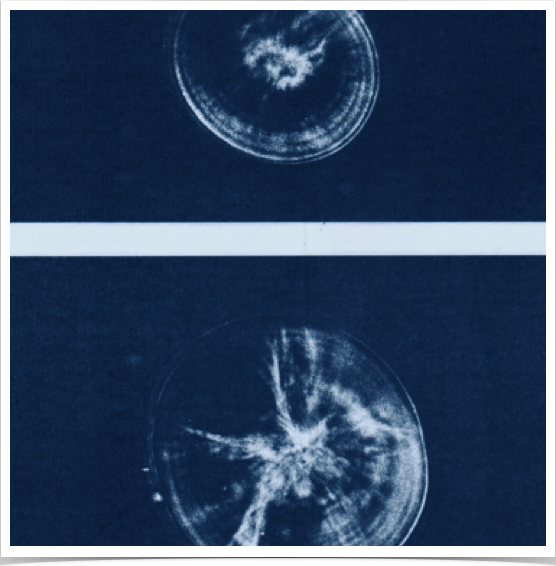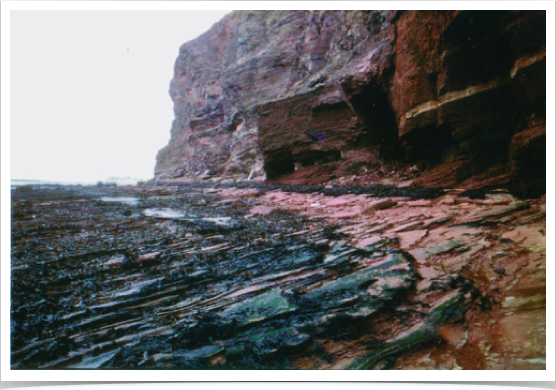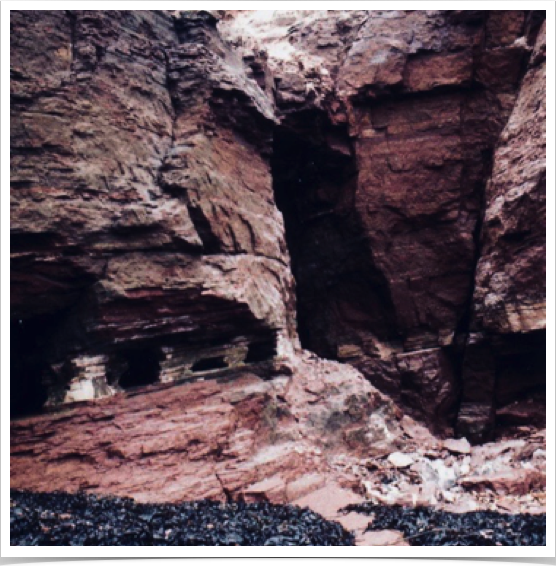


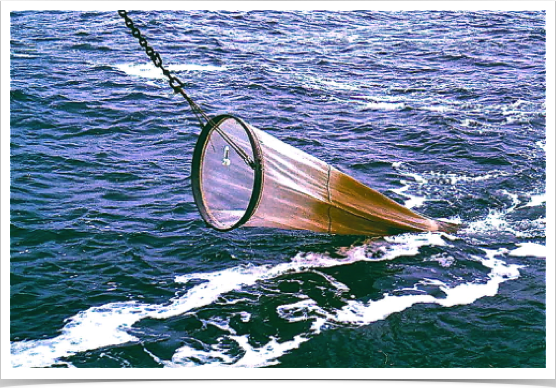
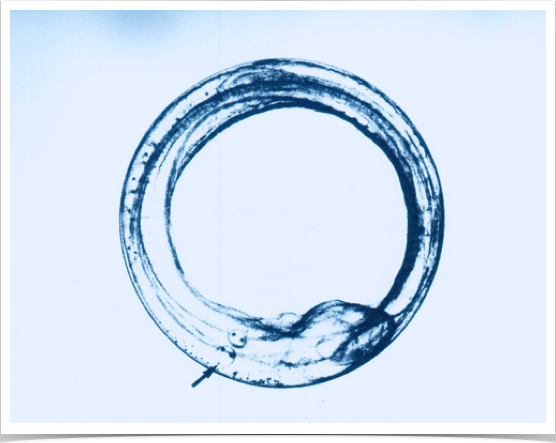
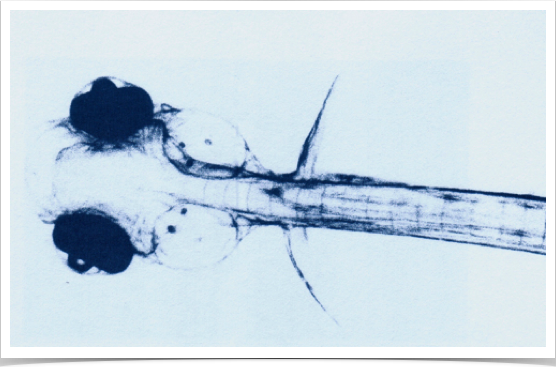
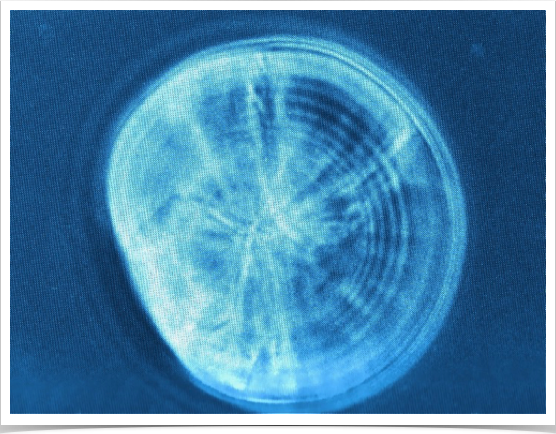
Understanding the biotic and abiotic oceanic parameters that affect fish recruitment to explain and predict population fluctuations and shifts in community structure - useful for marine resource management.
DOCTORAL RESEARCH: Bio-physical Oceanography at Helgoland Island Marine Station (Germany) in collaboration with the Alfred Wegener Institute of Polar and Marine Research, Bremerhaven (Germany), 1987. The research institute Biologische Anstalt Helgoland (BAH) was founded in 1892 and has been part of the Alfred Wegener Institute since 1998 - aimed to investigate the ecology of coastal and shelf sea systems.
RESEARCH STUDIES:
• Reproduction Biology of the sprat, Sprattus sprattus, in the North Sea Project. Funded by the DFG (Deutsche Forschungs Gemeinschaft) as part of the IRP (International Recruitment Project).
• Growth, nutrition and larviculture experiments of the clupeoid Sprattus sprattus. Ageing of marine larval fish, juvenile and adult stages, using otolith increment techniques.
• Microstructure of embryonic and larval stage otoliths revealing daily growth patterns.
• Participation in oceanic research expeditions with RV UTHÖRN as Chief Scientist; management of field operations, capturing adult, juvenile and planktonic stages (eggs & larvae) of sprat.
• Larval transport, distribution and abundance of larval and juvenile sprat associated with various oceanographic processes (physical & chemical oceanography).
• Participation in oceanic research expeditions with RV FRIEDRICH HEINCKE.
• Collection of adult sprat using pelagic trawls - for artificial fertilization (stripping) of sprat (Sprattus sprattus).
Publications related to this research include:
Alshuth, S. 1994. Plankton: Wonder world in a drop of water. (German – Text and Photography). Sylt Magazin 1994, 76-78.
Alshuth, S. 1990. Fish farming - Aquaculture research at Helgoland (German – Text and Photography). Sylt Magazin 1990, 60-61.
Alshuth, S. 1991. Sparkling marine phosphorescence. Bioluminescence of marine dinoflagellates. (German – Text and Photography). Mikrokosmos 80 (12), 372-375.
Alshuth, S., Ebeling, E. 1989. A survey of the diet and diseases of Gadus morhua L. around Helgoland in the German Bight. ICES C.M. 1989/G:49, Dem. Fish Cttee. Ref. Mar. Envir. Qual. Cttee., 10 pp.
Ebeling, E., Alshuth, S. 1989. Food preferences and diseases of Myoxocephalus scorpius in the German Bight. ICES C.M. 1989/G:48, Dem. Fish Cttee. Ref. Mar. Envir. Qual. Cttee., 6 pp.
Alshuth, S. 1989. Daily growth increments on otoliths of juvenile fishes (German – Text and Photography). Mikrokosmos 78 (5), 134-138.
Alshuth, S. 1988. Rearing of marine fish larvae with special consideration of the sprat (Sprattus sprattus). Workshop Zoo am Meer, Bremerhaven, 30.Sept. - 02.Oct. 1988.
Click on any picture below to start slide show.
HELGOLAND ISLAND
MARINE RESEARCH LABORATORY
Home / Your Professor / Biography / Research / Marine Laboratories / Helgoland Island Marine Research Laboratory
